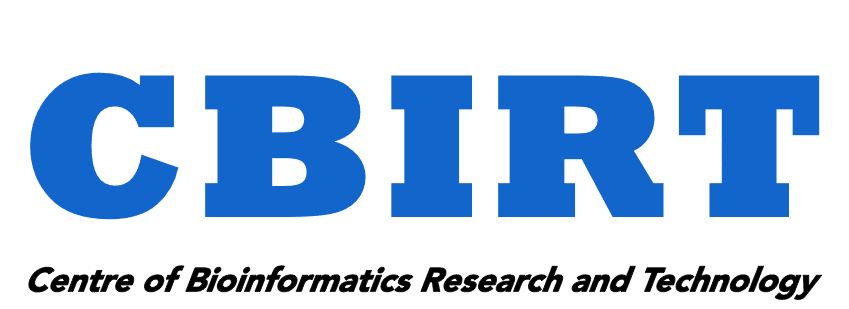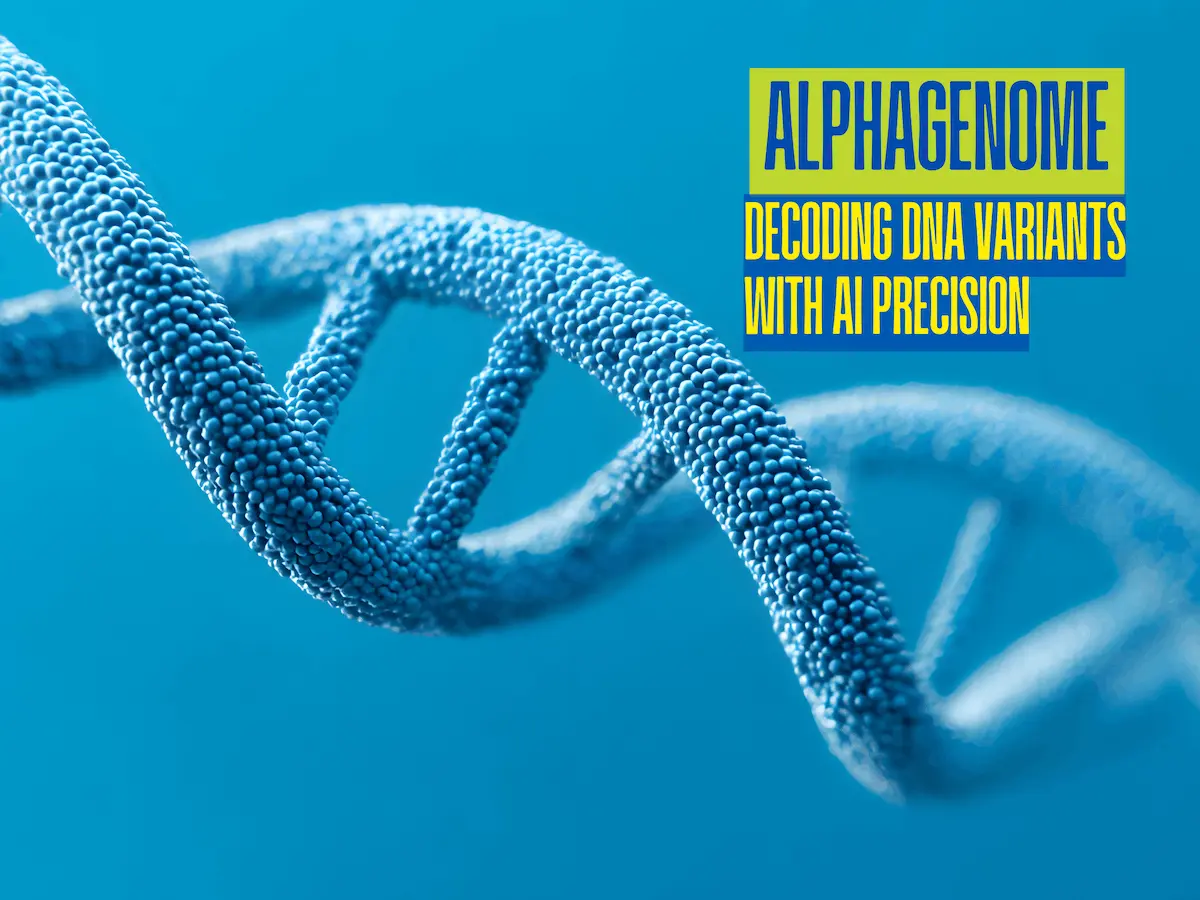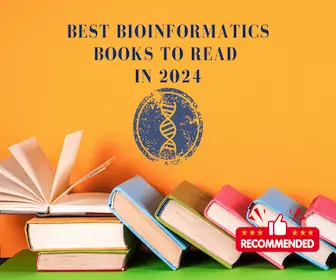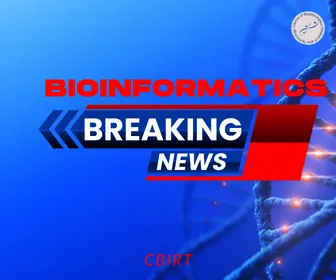Imagine holding a book written in a language where only 2% of the pages contain clear instructions, while the remaining 98% seem like indecipherable code. This mirrors the challenge scientists face with the human genome, where protein-coding regions make up a tiny fraction while non-coding regions control life’s essential processes. For decades, interpreting these regulatory sections, especially how genetic variations within them influence health and disease, has been one of biology’s most complex puzzles. Developed by researchers at Google DeepMind, AlphaGenome represents a quantum leap in genomic AI. This unified deep learning model processes an unprecedented one megabase of DNA sequence, enough to capture entire gene neighborhoods and their regulatory landscapes while simultaneously delivering base-pair-resolution predictions across 11 biological modalities. Unlike previous tools that sacrificed either context or precision, AlphaGenome shatters these trade-offs to provide a comprehensive regulatory rulebook.
The Architecture Behind the Breakthrough
AlphaGenome uses convolutional neural networks for local pattern recognition and transformer blocks to model long-range context. It has a U-Net-inspired design process that spatially embeddings DNA within an encoder-decoder architecture, which retains nucleotide resolution throughout extensive genomic spans. The model underwent training using human and mouse genomes in a two-step process: a broad pre-training phase with experimental data, and then distilling this into a robust variant-prediction engine. This gives the ability to model the effects of a single DNA change on gene expression, splicing pattern modifications, chromatin configuration alteration, etc, in a matter of seconds using mainstream hardware.
Benchmark-Defying Performance
AlphaGenome outperformed 26 existing genomic techniques in 24 of them. It made major improvements by executing a 17.4% increase over previous models in the prediction accuracy of splice variants, which is essential for diagnosing genetic disorders. It also demonstrated a 25.5% improvement in directional accuracy on how variants tend to influence genes and their activities. Even tools that are considered to be specialized, such as ChromBPNet, which works on retrieving information pertaining to chromatin accessibility, or Orca, which works on the 3D architecture of genomes, were outperformed.
One significant validation analyzes cancer-associated variants near the TAL1 oncogene. AlphaGenome’s multimodal approaches to hybrid learning helped it accurately predict multiple mutations and how they would work to overactivate TAL1. The model overlapped chromatin accessibility with histone marks and gene expression, which reflects what is clinically seen in T-cell leukemia patients. This stream of accuracy comes from AlphaGenome’s distinct ability to take into account the different effects one change can cause, as a change in a single variant can cause the disruption of a transcription factor, which can also affect splicing and chromatin architecture.
Transformative Applications Across Biology
The impact of this goes beyond research labs. Clinicians grappling with “variants of unknown significance” in genetic testing can now tap into AlphaGenome’s predictions to illuminate potential disease mechanisms. Drug developers designing antisense oligonucleotides can now achieve unparalleled accuracy in directing malfunctioning splicing. Synthetic biologists designing gene circuits can simulate the behavior of regulatory elements before wet lab testing.
Take the case of rare disease diagnostics. A non-coding variant thought to be benign might now be shown to disrupt a splice junction or alter chromatin contacts in ways that are not apparent. For such variants, AlphaGenome’s predictions exhibit over 60% precision at pathogenic mutation detection within ClinVar databases, outperforming existing techniques. Its capacity to resolve enhancer-gene interactions even across megabase distances also provides fresh perspectives on developmental disorders involving regulatory reorganization.
Conclusion
While celebrating AlphaGenome’s achievements, the DeepMind team points out some unexplored boundaries. Predicting tissue-specific changes and expanding beyond the human and mouse genomes are still problems to be solved. Upcoming versions might take into account environmental factors or epigenetic changes throughout a cell’s life. Most importantly, DeepMind has announced plans to lower the barriers to access AlphaGenome by developing user-friendly interfaces that would allow even non-AI-trained biologists to use it.
AlphaGenome is not simply another algorithm; it creates a new approach for the interpretation of genomic data. Integrating previously disparate methods of genome analytics transforms our static DNA “sequence map” into a dynamic regulatory blueprint. This advancement promises faster breakthroughs in precision medicine, paradigm-shifting genetic therapies, and ultimately, a comprehensive understanding of the codes of life.
Article Source: Reference Paper | Reference Article | AlphaGenome will be available for non-commercial use via an online API at http://deepmind.google.com/science/alphagenome.
Disclaimer:
The research discussed in this article was conducted and published by the authors of the referenced paper. CBIRT has no involvement in the research itself. This article is intended solely to raise awareness about recent developments and does not claim authorship or endorsement of the research.
Important Note: bioRxiv releases preprints that have not yet undergone peer review. As a result, it is important to note that these papers should not be considered conclusive evidence, nor should they be used to direct clinical practice or influence health-related behavior. It is also important to understand that the information presented in these papers is not yet considered established or confirmed.
Follow Us!
Learn More:
Anchal is a consulting scientific writing intern at CBIRT with a passion for bioinformatics and its miracles. She is pursuing an MTech in Bioinformatics from Delhi Technological University, Delhi. Through engaging prose, she invites readers to explore the captivating world of bioinformatics, showcasing its groundbreaking contributions to understanding the mysteries of life. Besides science, she enjoys reading and painting.
















